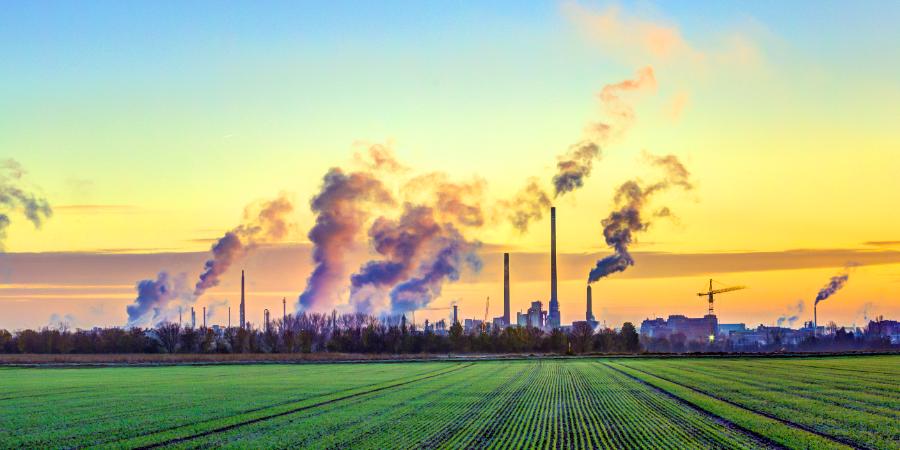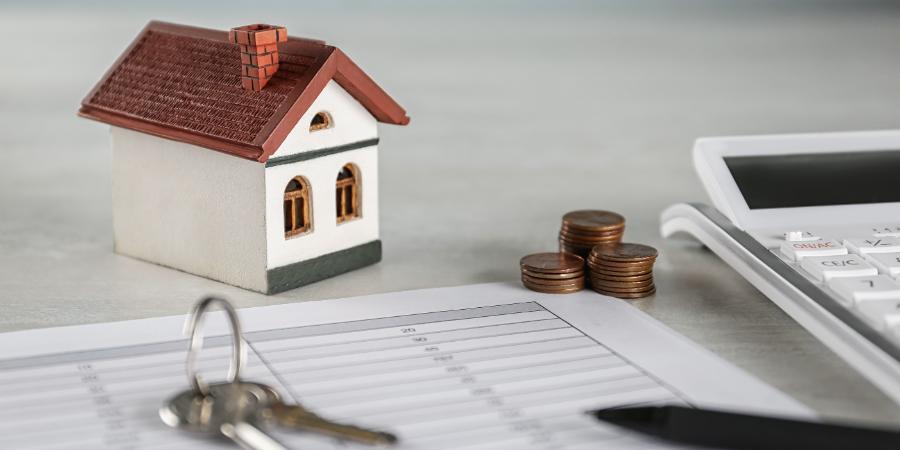
EPA Proposes to Amend Air Emissions Reporting Rule
On July 25, 2023, EPA announced proposed amendments to the Air Emissions Reporting Requirements (AERR) rule. In a change, the proposal includes mandatory reporting of hazardous air pollutants (HAPs). Currently, New York requires some HAP reporting, but the proposal would expand this. See 6 NYCRR 202-2.3 (c)(9). The proposed rule was published in the Federal Register on August 9, 2023.[i] The public comment period has been extended twice, and now until November 17, 2023.
The AERR rule currently requires states to report emissions of “criteria pollutants,” such as sulfur dioxide (SO2), along with pollutants that contribute to their formation, known as “precursors,” such as ozone-forming volatile organic compounds (VOCs) and nitrogen oxides (NOX). Most states, including New York, already report some air toxics emissions data to EPA voluntarily, but reporting is far from consistent nationwide. The data EPA receives under the AERR rule form the basis for the National Emissions Inventory (NEI). EPA uses information in the NEI as it develops and reviews regulations, conducts air quality modeling, and conducts risk assessments to understand how air pollution may affect the health of communities. The NEI information is also used by other federal agencies and state, local, and tribal air agencies.
Currently, reporting of hazardous air pollutants is voluntary. However, the proposed AERR rule revision would require almost 130,000 facilities (115,000 non-major and 13,400 major) to report HAP emissions to EPA, including all major sources. The proposed rule would apply to all 188 HAPs listed in the Clean Air Act. Under the proposal the following facilities would have to report:
- Major sources for any pollutant (i.e., Title V facilities); or
- Non-major sources that have the potential to emit, or annual actual emissions of, pollutants greater than or equal to certain thresholds listed in the proposed rule; or
- Those with a primary NAICS code listed in the proposed rule and annual actual emissions of pollutants greater than or equal to the HAP reporting thresholds.
As proposed, the rule revision would provide states the option to collect the HAPs data from industry and report it to EPA, provided EPA approves the state program. The proposal also includes provisions to limit the burden on small businesses, by allowing certain small businesses to report total emissions of each HAP (and only above certain thresholds) instead of providing more detailed information.
In addition to requiring reporting of air toxics, the proposed revision to the AERR rule would require certain facilities located in Tribal nations to report emissions if Tribes do not report them.
Contact Whiteman Osterman & Hanna Today
If you have any questions, don’t hesitate to get in touch with a member of our Environmental Practice Group to see how our team at Whiteman Osterman & Hanna may be able to assist.

